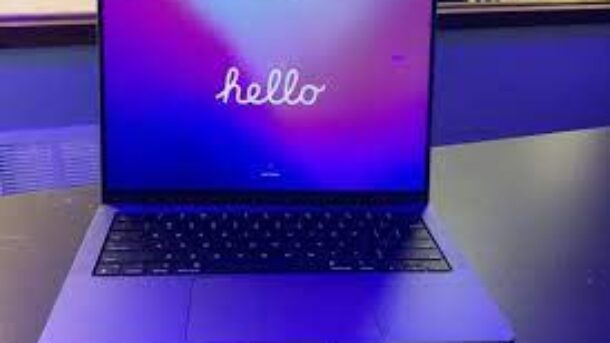The launch and reviews of the Surface Brace 2 may have reignited conversations about binary- screen bias as envisaged by Microsoft. The actuality of this lower Android mongrel device would have naturally also raised questions about its larger Windows counterpart. There has been no sanctioned word yet on the fate of the Surface Neo, but new prints of what looks like an untreated device may spark passions of nostalgia and craving for a device that may have formerly been quietly canceled.
Microsoft revealed both the Face Brace and the Surface Neo back in 2019, commodity symptomatic for the company. Its early advertisement was meant to make interest from inventors, but it also ran the threat of generating hype for products that may noway hit store shelves. That nearly happed to the Surface Duo, which launched latterly than first intended, but at least the binary- screen phone indeed got a alternate generation.
The same thing ca n’t be said of the Surface Neo, which was officially heldup without the pledge of a new date. Incompletely criticized on the COVID-19 epidemic, Microsoft said that it had to rethink its roadmap for Windows 10X and binary- screen Windows bias, preferring to concentrate on single- screen PCs for the time being. That focus is what Windows 11 turned out to be, but there has been no sighting of Surface Neo or indeed its shadow so far Max Weinbach just surprised tech pundits and Microsoft suckers with prints of unanticipated prints of the Surface Neo, or at least the material of one. The device that reportedly came from China did n’t come with a screen, which means you can see directly inside it. As far as internal layout goes, it looks like an enlarged Face Brace, which was what Microsoft aimed for when it conceptualized the two companions.
Its unforeseen appearance effectively revivified discussion about the Surface Neo and its uncertain fate. Given the feedback on the Surface Brace 2, still, some might also be questioning whether the idea would have succeeded in the first place. There have been attempts by other PC makers to produce unconventional computing bias in the same tone, but, away from the ASUS Precog, the likes of Lenovo feel to prefer a single galère screen over two separate bones.




